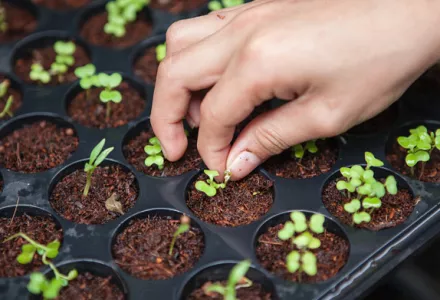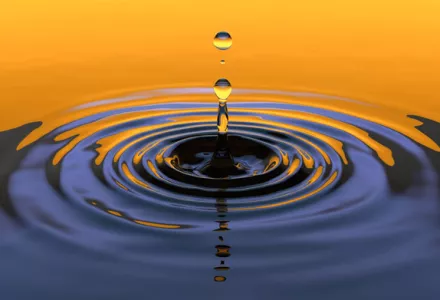Cultivating plants requires time and energy. Naturally every new grower aims for the best results. However, before long, you may find out that there's more to cultivation than just watering the plants!
Good results require the timely addition of quality nutrients and minerals used in the right proportion. Most importantly, not all nutrients and minerals can be mixed together in high concentrations. Often, the manufacturer divides nutrients and minerals between several different bottles (such as special fertiliser for the growing and flowering stages, or A & B nutrients). It is important to read the labels carefully before purchasing fertilisers.
Different manufacturers put similar ingredients into a bottle and give them all similar names, but this does not mean that all products are of equal quality. Mixing products from different manufacturers is not advisable, as it may result in an overdose or shortage of nutrients. If all the products you use are of the same brand, you can assume that the levels of nutrients and minerals are balanced and that your plants are getting everything they need in the correct proportion.
Feeding your plants based on the timeline
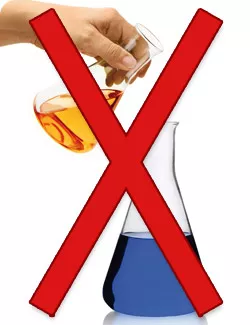
During the vegetative (growth) phase, when the plant grows mainly leaves, it requires specific nutrients and minerals. Nitrogen (N) is one of the most important ingredients required during this phase and the amount of Nitrogen present in growth fertiliser is tailored to meet these needs. This is why you should regularly feed your plants fertiliser until they start to develop flowers.
Some growth fertilisers are designed to provide the plants with a store from which they can take what they need. Because this works like giving the plant an overdose, you should stop using this type of fertiliser earlier in the growing cycle unless you switch to using a flowering fertiliser that contains less Nitrogen. So the brand you are using will dictate the exact timing of when you should switch from using a growth feed to a flowering feed.
Feeding your plants based on prescription
Preparing food for your plants couldn't be easier! Fertilisers designed for the flowering phase are rich in a particular variety of nutrients, particularly phosphates (P). The particular combination of nutrients is based on what the plant needs at this stage in its life cycle. If the plant needs more, you should increase the electric conductivity (EC).
The plant will only benefit from minerals which help fruit and flower formation in the week that the plant sets fruit or flowers. So only give the plants an extra dose of PK nutrients for one week. After this period, the plants absorb much less fertiliser (less phosphates). If you feed the plants extra minerals in an attempt to stimulate flowering for a longer period of time, these will not be absorbed by the plant, but will accumulate in the growing medium, only increasing the EC.
Phosphate is the most expensive ingredient in fertiliser. The manufacturer keeps the price of fertiliser relatively low by adding little or no phosphate to the standard fertiliser. But as your plants genuinely need phosphate you must add extra minerals to stimulate flowering quickly. So you must purchase that relatively expensive bottle of minerals to stimulate flowering, in order to give your plants the correct amount of nutrients and minerals they need. Ultimately this means that you will face higher costs later on in the growing process, having chosen a particular brand of products at the start.
Before you buy a particular brand of PK fertiliser, check the instructions to see how long this should be given to the plants. The shorter this time period, the better the standard fertiliser. Be careful! Bargains can end up being very expensive. Never mix feeding schemes from different brands of fertiliser.
Feeding your plants based on ingredients
As well as fertiliser, each manufacturer has extra additives, such as enzymes, stimulants and boosters, in their product range. These are not nutrients but help the plant to access and/or continue to absorb the nutrients already available.
Note: usually these additives are added to your tank of fertiliser as required, and the amount added will depend on the composition of the fertiliser used.
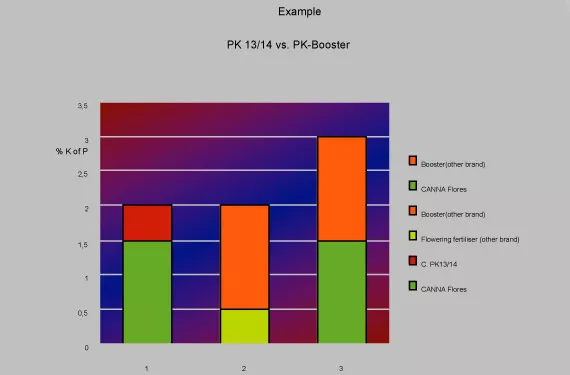
Feeding your plants based on the substrate or system
The fertiliser used in water-based growth systems must contain precisely what the plant needs, as these systems do not bind nutrients. But this is not the case for organic substrates. In the first place, you don't need to add certain elements (e.g. Calcium) to your fertiliser as the peat based mixes naturally contains it. At the start of a growing cycle, coco substrate absorbs large quantities of calcium. So you must adapt the fertiliser to the corresponding fertiliser strategy!
Pre-treated Coco waste is widely available. Using pre-treated Coco can reduce the effect of unwanted absorption and loss of calcium and so increase your chances of a successful crop. Specialised Coco fertiliser can be so well-balanced that you give your plants the right combinations and ratios of nutrients and minerals every week. The fertiliser is therefore precisely formulated for the substrate. Do not use brands of fertiliser other than CANNA on CANNA COCO.
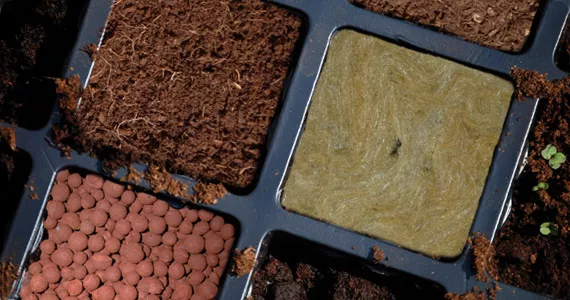
In closed water-based systems, where we recycle the water, the ratio of minerals and nutrients changes as soon as the plants absorb something, making this the most difficult type of feed to mix. But there are perfectly balanced fertilisers on the market for this special growing method which are quite user-friendly! These products are the result of many years of research.
One tiny addition can upset the equilibrium immediately, causing a change in the pH, which will affect the uptake of nutrients and minerals. The nutrient ratio will be off-balance. There is a different solution for every medium!
Choosing different brands = choosing uncertainty
Growers who mix products from different manufacturers are taking a variety of risks. There is a good chance that the wrong quantity of the wrong mineral or nutrient will be given at the wrong moment. If these are familiar sounding problems and you often have to flush incorrect nutrients out with water, then please look again at your products!
Use of an incorrect fertiliser (inappropriate quantity of nutrients and minerals) will always result in too much of a particular element. This accumulation of nutrients will cause the EC in the substrate to rise. The plants will display certain symptoms, from curled leaves in the early stages of growth, to burnt leaves at a later stage. Similar symptoms can also indicate too much sodium, chloride or a faulty climate control system. Another consequence may be that an element is suppressed (antagonism), before you can detect a clear overdose causing a shortage elsewhere in the spectrum.
Generally, discoloured leaves in a plant indicate a lack of a specific nutrient. Depending on which mineral or nutrient this is, the leaves will acquire a hue that experts can often recognise. But making changes to your growing process will always have a limiting influence on your yield. When you use different brands of fertiliser in the same growing medium, your plants will often be weak, the fruits soft, and the leaves may also be discoloured. Later on in the growing cycle (part) of the crop may become hard, and ultimately the leaves will burn.
Each manufacturer has structured its range of brand products so that the plant, according to their fertilising strategy, will show optimal growth and flowering. The fertiliser for the growth phase is aligned to the fertiliser for the flowering phase. For example, CANNA's PK13/14 is a product which ensures the plant's needs are met in the flowering phase.
After many years of research and experience CANNA products are now perfectly balanced, so that the plants receive the correct equilibrium of minerals and nutrients in each week of growth and at the right phase in their growing cycle. As our slogan says: ‘CANNA - the solution for growth and bloom’. As long as the ratio of minerals and nutrients is not upset by the addition of other additives, you can be sure of a good crop.


